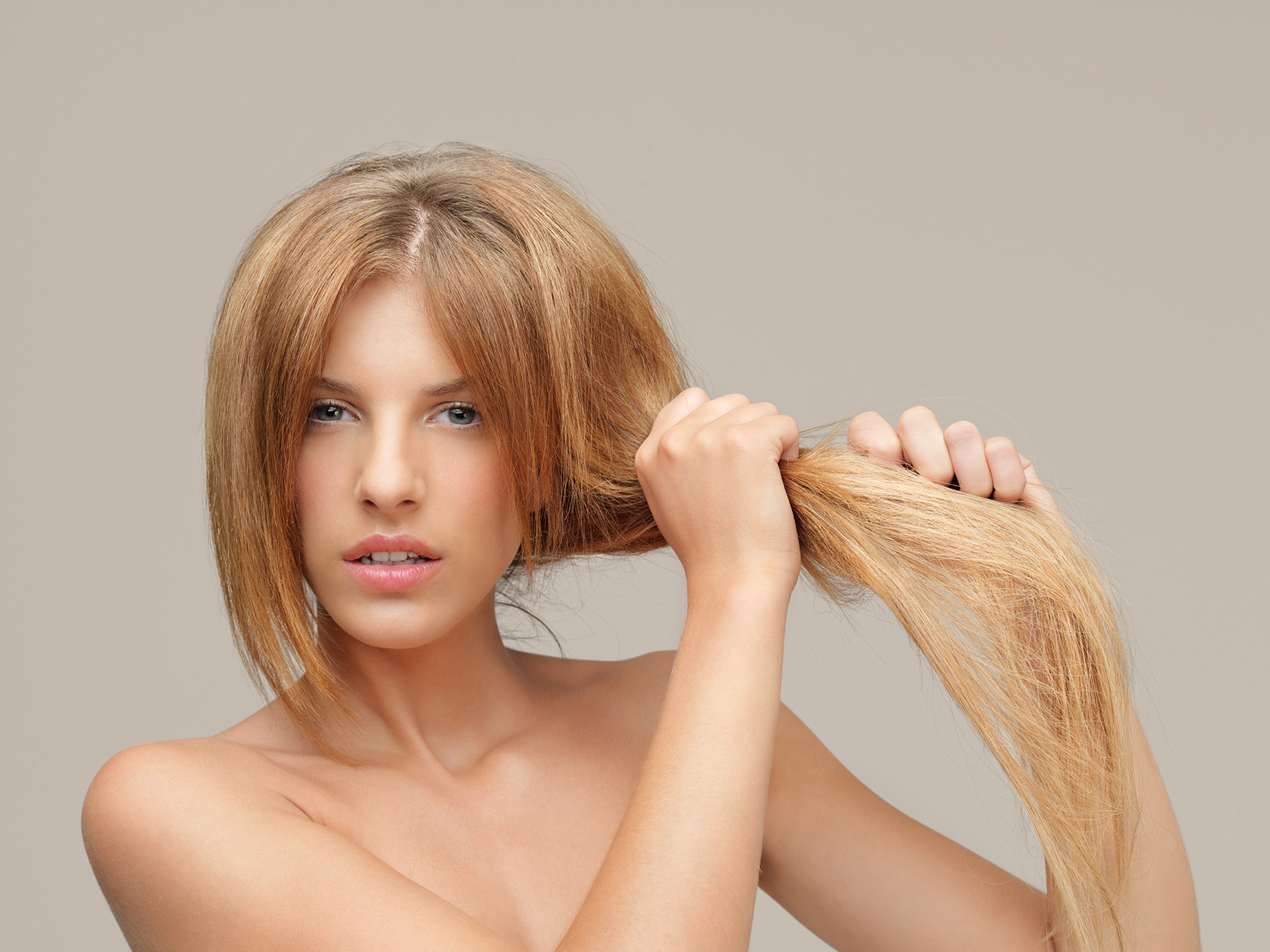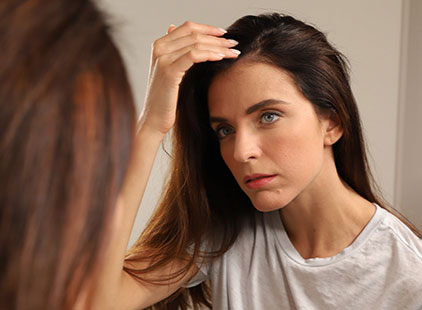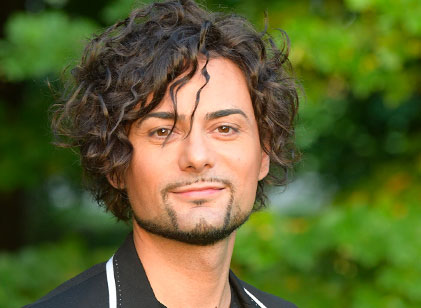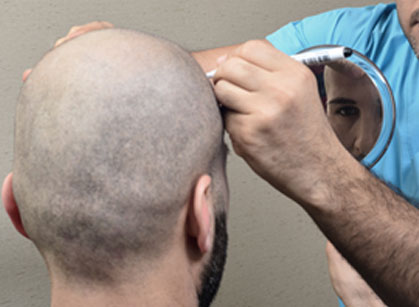Dry hair
Both men and women of any age may have dry hair. This situation is endured not only as an aesthetic problem, but in time may represent a problem concerning hair health. Dry hair often appears weak, fragile and tends to become brittle and to break.
Dry hair often has split ends and other forms of damage to the shaft.

 English
English  Italiano
Italiano  Português
Português  Español
Español 



